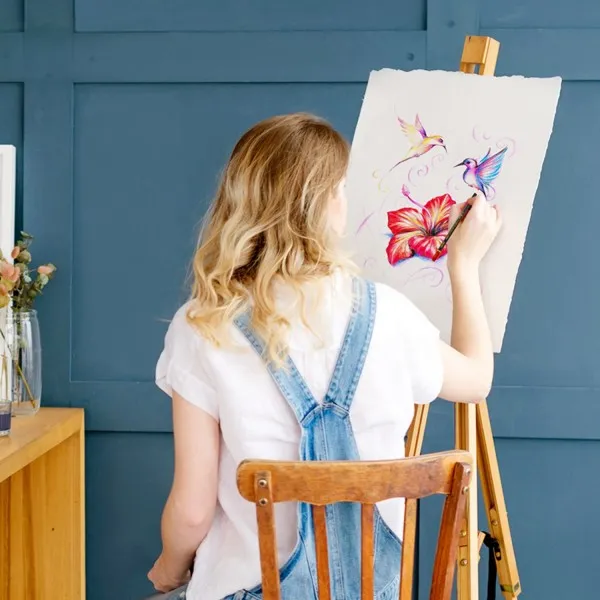
Request A Quote


Dive into the world of watercolor pencils and discover how these versatile instruments can transform your artistic approach. Learn techniques, understand their benefits, and find your perfect set with us.


While watercolor pencils and colored pencils may appear similar at first glance, they harbor unique characteristics:



